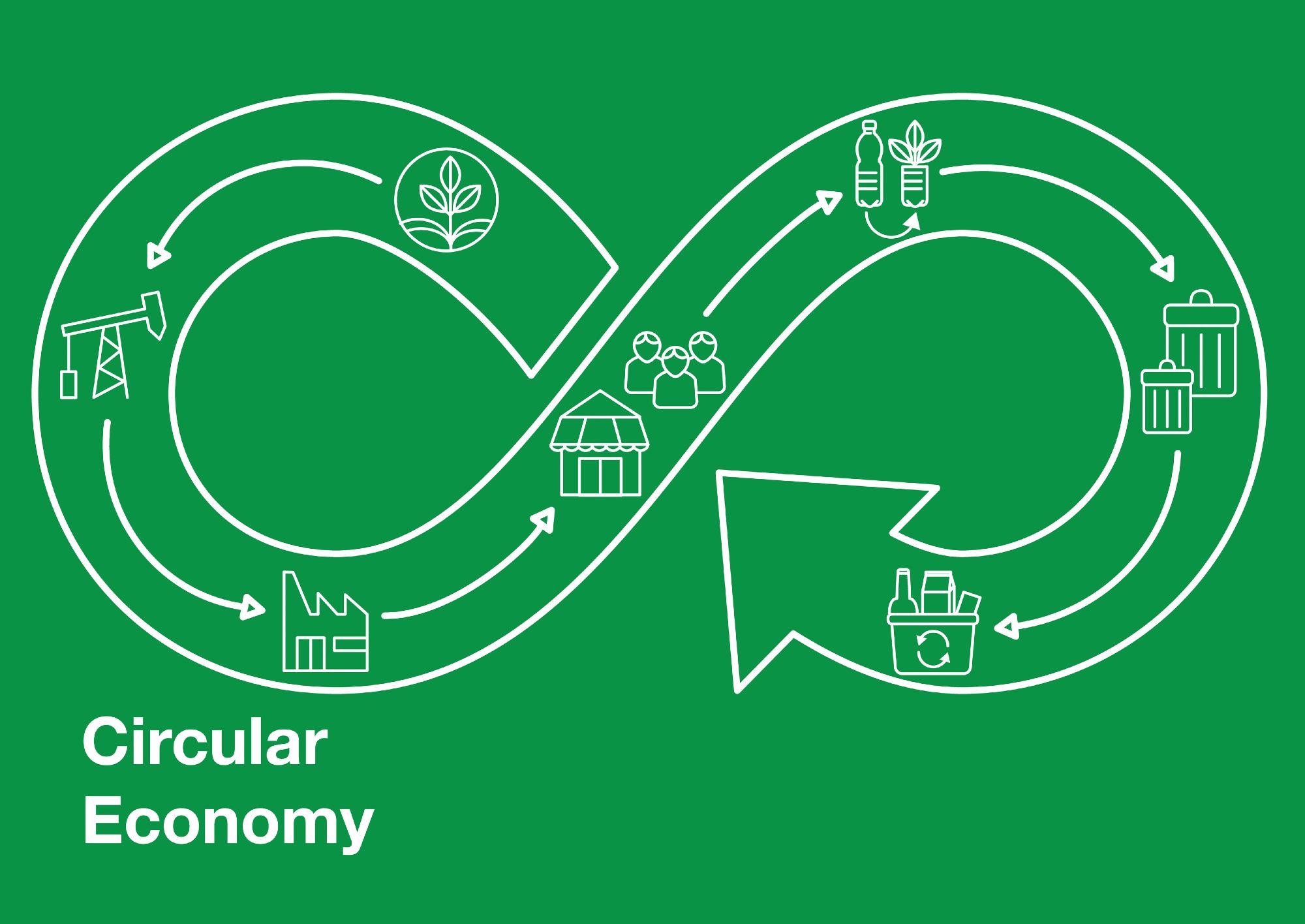The latest study in the journal Sustainable Chemistry focuses on the novel technique of technospheric mining of wastes and its applications, and a review of its challenges and future perspectives.

Study: Technospheric Mining of Mine Wastes: A Review of Applications and Challenges. Image Credit: MG_vectors/Shutterstock.com
Introduction to Technospheric Mining
The recovery of precious metals from the technosphere, a stockpile or deposit of substances created by human actions and modern processes, is referred to as technospheric mining. Technospheric extraction focuses on the valorization of residues and waste depots.
It is seen as a significant step toward a (green) sustainable society and long-term growth in the mining sector. In the extraction sector, the primary objective of technospheric mining is to recognize extraction waste products as technospheric stocks, to contribute positively to waste materials through waste processing, resource conservation, or retrofitting, to decrease the quantity of waste disposal, to guarantee decreased environmental effects, and to provide supplemental macroeconomic profits.
![Technospheric mining of mining wastes (adapted from Binnemans et al.[9])).](https://www.azom.com/images/news/ImageForNews_57572_16387888274375669.jpg)
Technospheric mining of mining wastes. Image Credit: Lim, B. & Alorro, R. D., Sustainable Chemistry
What is a Technosphere?
The word 'technosphere' was coined in the late 1990s. The technosphere is a substance resource created by human activities that are now isolated from the flow of materials. Metropolitan facilities, livestock, coastal ecosystems, and even air are all elements of the technosphere.
Non-physical elements of the technosphere include CO2, hydrocarbons, oxygen, and other contaminant vapors emitted, as well as aerosols, debris, and other secondary pollutants floating in the atmosphere that are ultimately poured down out and become core components of the earth and other technospheric elements.
Advantages of Technospheric Mining
Mineral and metal extraction is the core emphasis of technospheric extraction, which includes all conceivable resources and manifestations. Technospheric extraction combines recovery principles and is consistent with the circular economy model and the aims of environmental sustainability.
Technopheric mining is essential for a green environment and reduces the environmental effect of unearthing caused by traditional or new digging. It reduces the quantity of ultimate garbage that must be collected or stored along with enhancing the durability and protection significantly. The seepage of hazardous substances is efficiently reduced owing to Technospheric mining.
Categories of Resource Recovery
Metal restoration and substance restoration are the two primary types of energy recycling from this solid waste. The metal recovery process deals with the mine wastes. Mine wastes may comprise a variety of metals derived from related gangue minerals or leftover desired materials that were not effectively segregated owing to processing or technical constraints. Sometimes mine waste or tailings may include rich metals like rare earth elements, or important and strategic metals.
Hydrometallurgical residues are granular remnants of ore or hydrophilic processing to recover targeted minerals.
![Tin smelting process (adapted from [68,69]).](https://www.azom.com/images/news/ImageForNews_57572_16387888409087109.jpg)
Tin smelting process. Image Credit: Lim, B. & Alorro, R. D., Sustainable Chemistry
Various slag byproducts are produced during mineral processing operations. According to their provenance and attributes, these pollutants from higher temperature removal procedures may be categorized into two parts: ferrous slag and non-ferrous slag.
Tailings are substances produced up of powdered form rock fragments that are created during ore treatment and mineral extraction. Because of their tiny particle diameter and the existence of responsive elements, tailings can be extremely reactive.
The mineral Recovery Process deals with Technospheric stocks. They can be redirected and utilized as reservoirs of minerals and substances that can be reused for other uses if they do not comprise essential metals that are desirable enough for economical or feasible mining.
Metal and mineral recovery processes in technospheric mining are mutually beneficial. Auxiliary pollutants created by metal and material recovery can be used and treated further to complete the resource lifecycle circle.
Uses of Slags and Mine Wastes
The suitable physical qualities have led to the utilization of slags as an essential building material. Slag has also been used to make concrete, gravel, brickwork, cement, railway rubble, and high-strength structures. Mine waste has also been used in cementitious materials preparations. Geopolymers are alumina-silicate-forming inorganic compounds utilized in construction, porcelain, and adhesive industries.
![Eco-efficiency analysis for the mining and mineral industry [119,127].](https://www.azom.com/images/news/ImageForNews_57572_16387888534835303.jpg)
Eco-efficiency analysis for the mining and mineral industry. Image Credit: Lim, B. & Alorro, R. D., Sustainable Chemistry
Challenges
As a relatively new idea, technospheric mining is still in its adolescence and faces several technological, cultural, geographical, and economic obstacles. Technospheric mining of mine tailings appears to be a long way from commercialization, as the use of mining waste for resource conservation is not covered by global standards.
Some of the present methods for technospheric extraction of mine wastes are inefficient and impractical; they necessitate massive operating and capital inputs and do not ensure even a modest profit.
To conclude, it is fair to assume that to be sustainable, manufacturing and unsatisfied societal requirements will necessitate multiple sources of metals and resources. Technospheric stocks mining would serve as a useful method in this particular regard to cater to the needs of future mineral resources.
References
Lim, B. & Alorro, R. D., 2021. Technospheric Mining of Mine Wastes: A Review of Applications and Challenges. Sustainable Chemistry.Pg. 686-706. 2(4). Available at: https://www.mdpi.com/2673-4079/2/4/38
Disclaimer: The views expressed here are those of the author expressed in their private capacity and do not necessarily represent the views of AZoM.com Limited T/A AZoNetwork the owner and operator of this website. This disclaimer forms part of the Terms and conditions of use of this website.